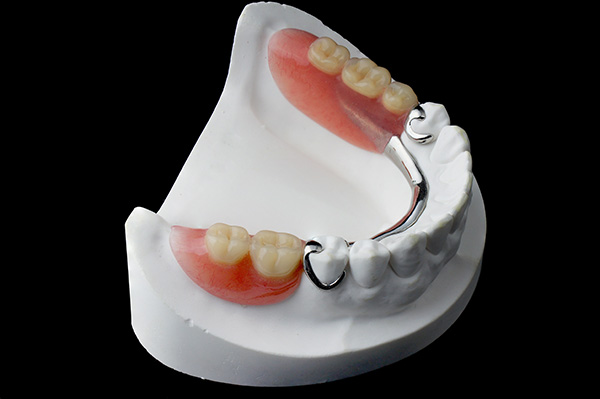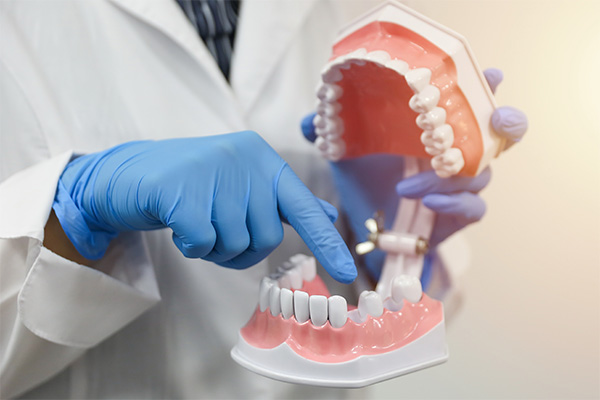Who Is a Good Candidate for Dental Veneers?

Dental veneers are a type of cosmetic treatment intended to improve the appearance of teeth. Temporary veneers have been available since the 1920s to get movie stars ready for the camera in the early days of Hollywood. Today, dentists are able to apply a veneer permanently. This may be a good option for people who want a lasting improvement. However, not everyone is a good candidate for the treatment.
What do veneers do?
A veneer is a sort of shell or mask that fits around the surface of the tooth and adheres permanently to it. It is usually made of either porcelain or a composite resin that is tooth-colored. A veneer can restore the appearance of a tooth that is severely stained or discolored. A dentist typically matches the veneer to the surrounding teeth.
In addition to improving the color of a tooth, a veneer can also correct defects such as cracks or chips. It can enlarge a tooth, change the shape of a tooth and close unwanted gaps that occur between teeth. Veneers can help improve the appearance of teeth that are slightly misaligned but do not address the underlying cause. Bear in mind that just because a veneer is permanent, this does not mean that it lasts forever. A typical veneer lasts for approximately five to 10 years.
Who is a good candidate?
A veneer will not work well for every patient. Some people have severe or advanced underlying oral conditions that make the placement impossible or impractical. The following are factors that make someone a good candidate.
1. Baseline good oral health
A dentist cannot place a veneer on a tooth that is severely decayed or diseased. Any underlying conditions such as these must be treated before a veneer can even be considered. Similarly, gum disease precludes a patient from getting a veneer.
2. Regular oral hygiene
There is no special care required for a dental veneer. However, a patient should get routine dental cleanings and brush and floss on a regular basis to be a candidate. Good oral hygiene helps preserve the veneer so that it lasts longer.
3. Moderately straight teeth
While veneers can improve the appearance of teeth that are somewhat crooked, people whose teeth are severely misaligned are not good candidates. Orthodontic treatment may be necessary to reposition the teeth. Getting a veneer may be possible once the underlying abnormality has been addressed.
4. Sufficient tooth enamel
To ensure that veneers fit securely and look natural in the mouth, a dentist has to remove a portion of the enamel, i.e., the hard outer surface of the tooth. Though the amount of enamel removed is very small, there must be a sufficient portion remaining to preserve the tooth.
5. Good oral habits
Activities such as biting pens or pencils, chewing on fingernails or grinding one's teeth can do damage to a veneer. Patients should refrain from these habits or modify them before thinking about placement.
Conclusion
Compared to other cosmetic dental treatments, veneers are relatively inexpensive and easy to apply. For these reasons, they are popular with patients wanting to improve teeth's appearance.
Request an appointment here: https://dentistryonpark.com or call Dentistry on Park, LLC at (781) 443-8131 for an appointment in our Stoughton office.
Check out what others are saying about our services on Yelp: Read our Yelp reviews.
Recent Posts
Dentures are a removable option for replacing missing teeth that can provide the wearer with either a full or partial set of false replacement teeth. Your best choice depends on the number of natural teeth that need to be replaced. In either case, a crucial aspect of successful denture wearing is proper care and hygiene…
Dentist consultations are a great place to learn more about options for replacing missing teeth. There are several different options for replacing missing teeth. During a consultation, a dentist will help you determine the treatment option that best suits your health and circumstances, guiding you towards a healthier future for your smile.A dentist consultation should…
A healthy smile depends on more than daily brushing and flossing. If you are experiencing gum disease or severe plaque buildup, a deep teeth cleaning can restore your oral health. Unlike a standard dental cleaning, this treatment targets bacteria below the gumline and reduces the risk of serious oral health issues.Deep teeth cleaning, also known…
A dental bridge is an option for replacing missing teeth that creates a literal bridge from one remaining permanent tooth to the next. Traditionally, these bridges consist of a false tooth, or pontic, connected to a crown placed upon adjacent teeth on either side, although similar, but modified types of bridges do exist.There are multiple…


